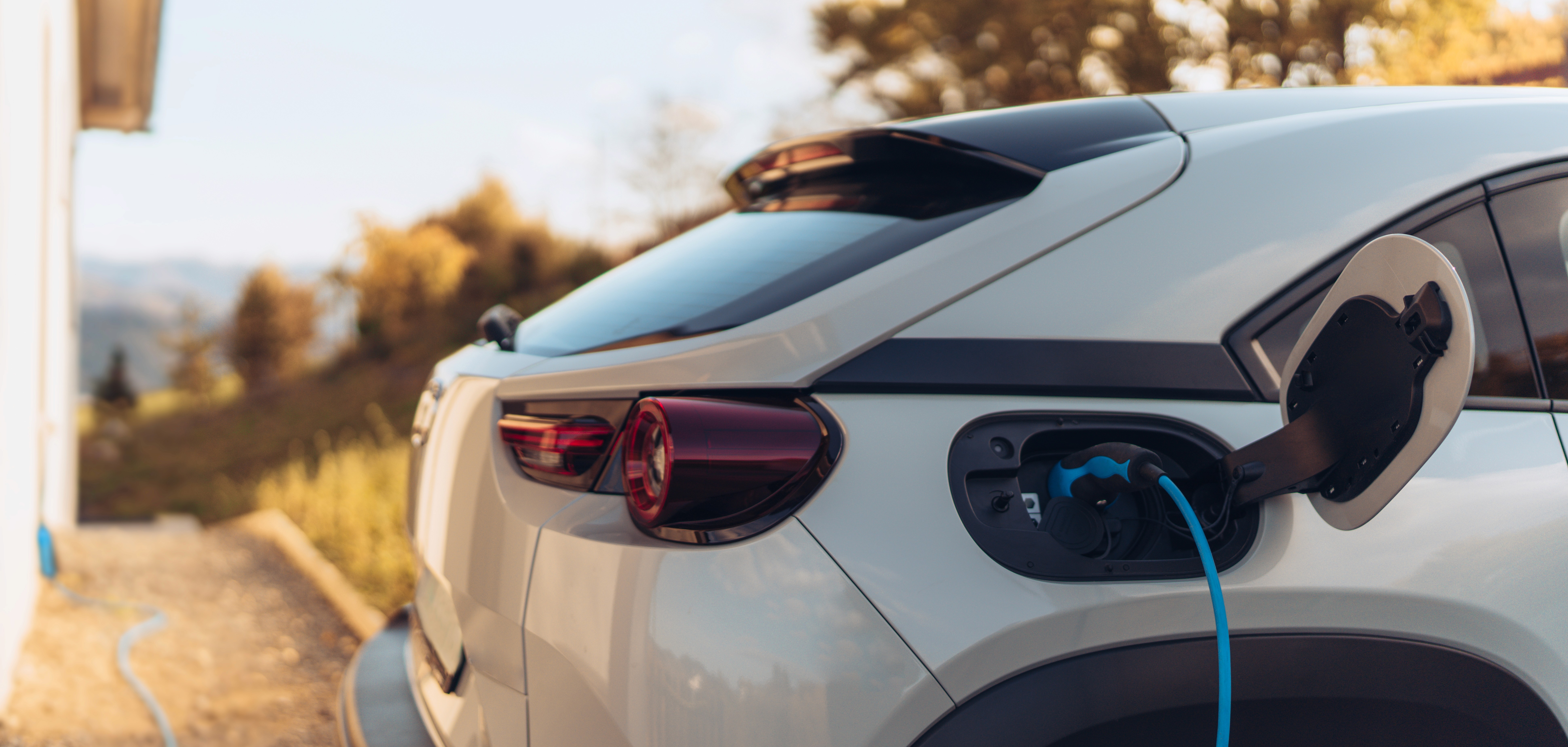App e MyDaze web portal
No matter how complex your installation. We have the right solution for your remote management.
5-star customer service
For us, your satisfaction is everything. And we prove this not only with the quality of our product, but also with our customer care team always ready to assist you in a timely manner.
Electric in progress
Electric car tax stamp: the surprising truths that are changing Europe
Electric car taxes: discover how taxes, exemptions, and regulations are evolving in Europe, with a clear and updated overview of the main fiscal changes.
Jan 13, 2026
Read
Electric in progress
Winter tires in Europe: a complete guide to thermal tires, safety, and regulations
Complete guide to winter tires in Europe: obligations, safety, performance, and tips for electric cars and fleets. Everything you need to drive in winter.
Jan 8, 2026
Read
Electric in progress
Company cars: operation, taxation, and management of the benefit for companies and employees
Company cars: how they work, how they are taxed, and what benefits they offer to businesses and employees. A complete guide on fringe benefits, costs, and sustainability.
Jan 7, 2026
Read























